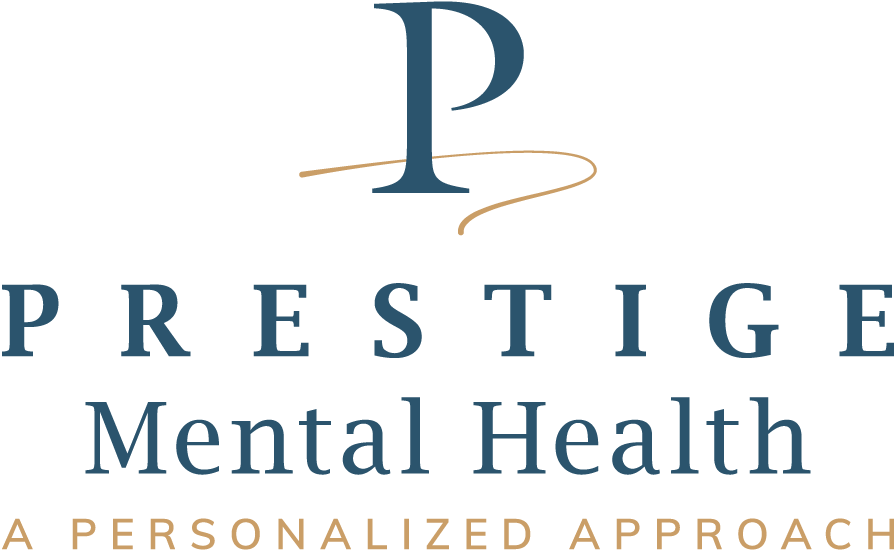Most of us experience anxiety at various points in our lives. It can come on when anticipating an upcoming test or when facing an important decision. For most of us, these situations bring on a temporary feeling of nervousness or anticipation. Those who live with anxiety disorders live with this tension almost every moment of their lives. The feelings don’t pass with time, and they can even become worse. Anxiety disorder sufferers find their symptoms impacting many areas of their lives. This condition can affect their relationships and their performance in academics and their career.
More Than Simple Nervousness: The Many Faces of Anxiety Disorder
Anxiety disorders appear in many forms and affect sufferers in different ways. Each form has its particular triggers, manifestations, and reasons for existing. The most common forms of anxiety disorder are:
Generalized Anxiety Disorder –
Those living with GAS, or generalized anxiety disorder, experience excessive anxiety almost every day of their lives. Those diagnosed with it have lived in this state for excess of six months. The topics of their anxious thoughts can be anything, including social interactions, work, personal health, even normal daily routines. This fear can be disabling and lead to serious consequences for their work, academic, and social activities.
Common symptoms include:
- Restlessness, feeling wound-up or constantly being on edge
- Being easy to fatigue
- Struggles with concentrating, often going blank
- Generalized irritability
- Significant and lasting muscle tension
- Persistent feelings of worry
- Sleep concerns
These are just the most common and can manifest differently in different patients.
Panic Disorder –
Panic attacks are experienced by those who have a panic disorder. These attacks feel like intense fear and panic that have rapid onsets and peak in moments. That can come on due to a trigger or have little to no warning at all. Feared situations or objects are common triggers.
Panic attack symptoms include:
- Irregular heartbeat, rapid heartbeat, or a pounding heart
- Sweating
- Shaking or trembling
- Feelings of being choked, smothered, or having difficulty breathing
- Feelings of dread
- Feeling like you have no agency, or like you’re out of control
It’s common for those suffering from this condition to worry about their next attack. This can result in avoidance behavior that isolates the patient or interferes with normal activities.
Phobia-related disorders –
More than just a mild fear, a phobia is an often paralyzing response to certain stimuli. This can be sounds, locations, even concepts like the number 13. While certain situations merit some degree of fear, in those with phobias, the response is severe.
Those with a phobia:
- Have irrational, often excessive, worries about the triggering stimuli
- Actively work to avoid encountering the stimuli
- Instantly enter a heightened state of anxiety on encountering the stimuli
There Is Help For Those With Anxiety Disorders
If you suspect that your symptoms may be related to an anxiety disorder, speak to your mental health provider. They’ll be able to provide meaningful insight into your condition and options for seeking treatment. Many people live full and productive lives with an anxiety disorder. Call today and help yourself become one of them.

